Unfortunately, ski boot manufacturers have not yet managed to create the perfect all-rounder. But with our tips, the agony of choice is a little easier.
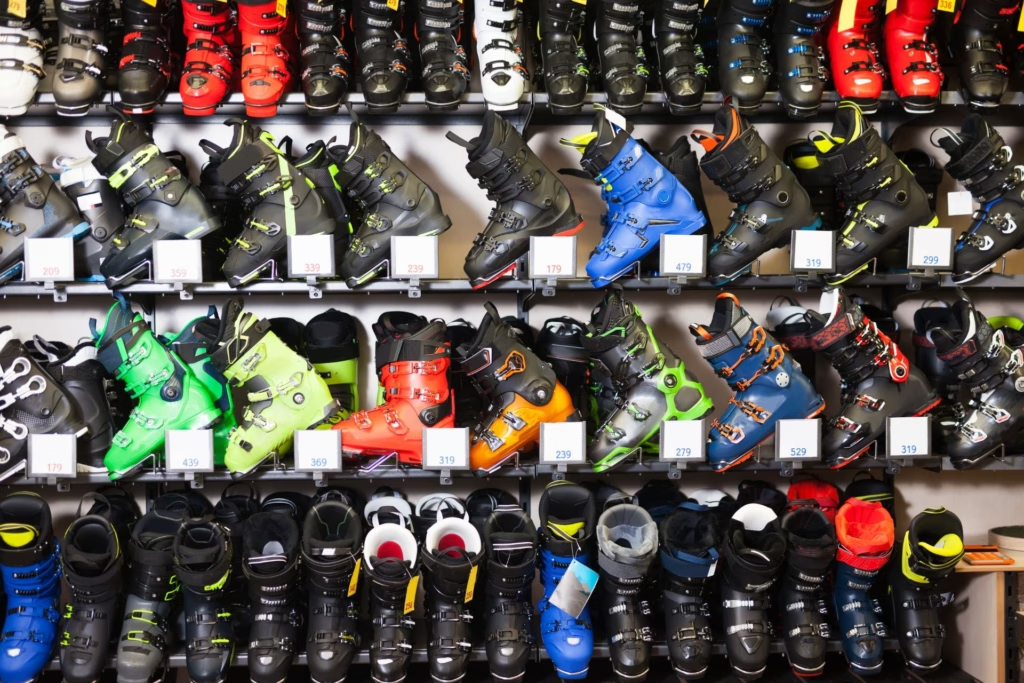
The optimal combination of gently cushioned feet and perfect grip will probably not be found in ski boots, but development has gone through many stages over the decades: mountain boots were given metal reinforcements so that they could be better attached to wooden skis (note: as the boots became stronger, the safety features of the bindings also developed). The lace-up boot was finally followed by the buckle ski boot in 1970. Thanks to the lifts, from this point on it was all about optimizing the descent. The first reinforcements with fiberglass were soon followed by pure plastic boots. In the decades that followed, more work was done to make the interior soft and adaptable. A process that is still ongoing.
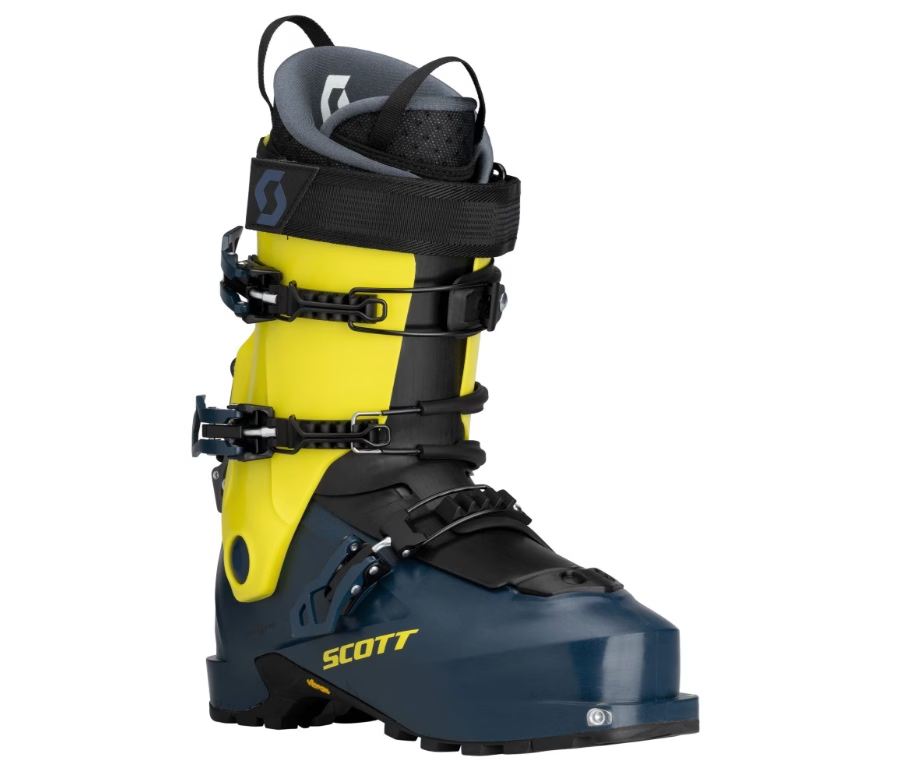
For several years, people have been thinking about the route to the ski bus or from the car park to the lift station, because with a hard, flat racing sole, even 200 metres can seem endless. In addition, the plastic soles wear out quickly, and often the toe and heel cannot even be replaced as spare parts. Then the shoes no longer fit in the binding - and have to be thrown away. However, recycling programs are now increasingly being offered for this.
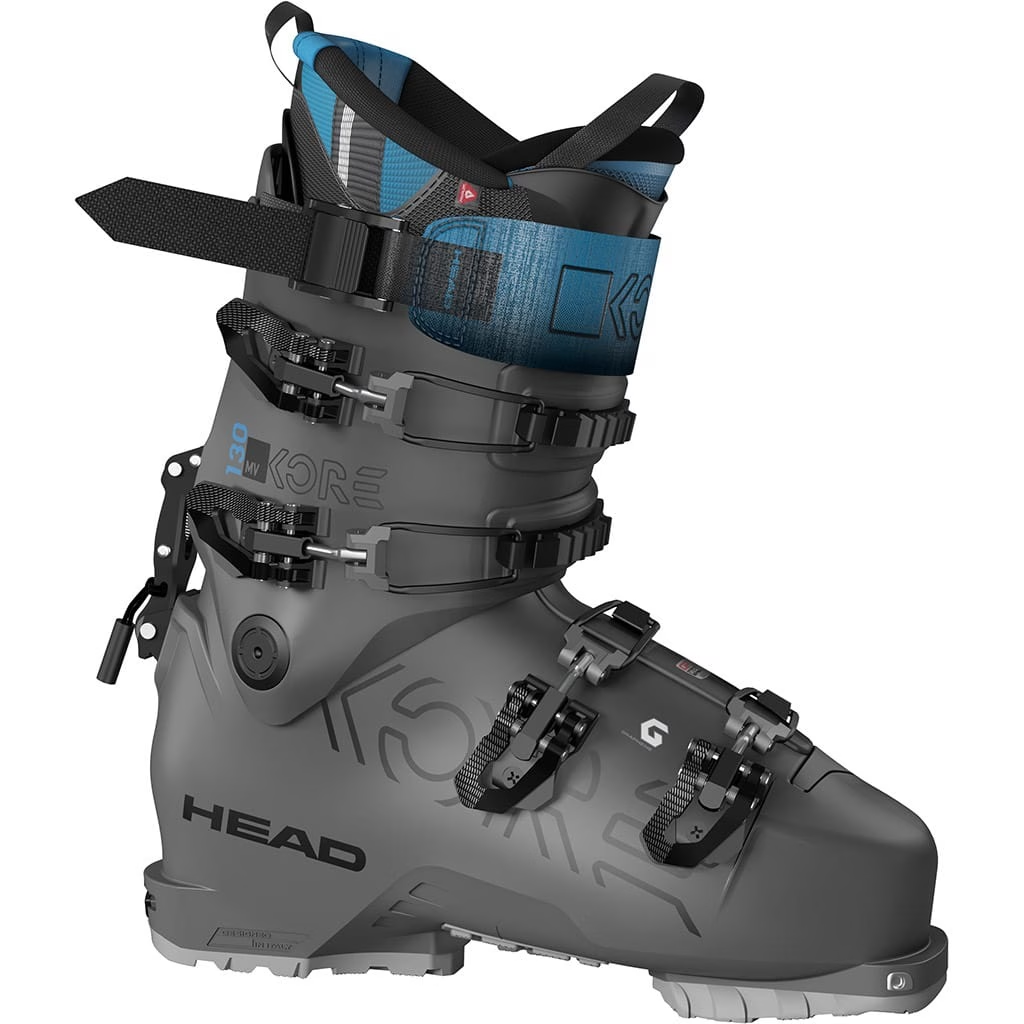
In recent seasons, the most notable thing has been the return of rear entry boots. These are models that guarantee easy entry into the boots, but are still marginal. The majority of boots stick with the top entry, which has proven to be much more effective in terms of handling. To make sure that the torture is not too bad, especially with a flex of over 120 - these are very hard models - the openings are now wider or the upper shaft is more flexible when open.
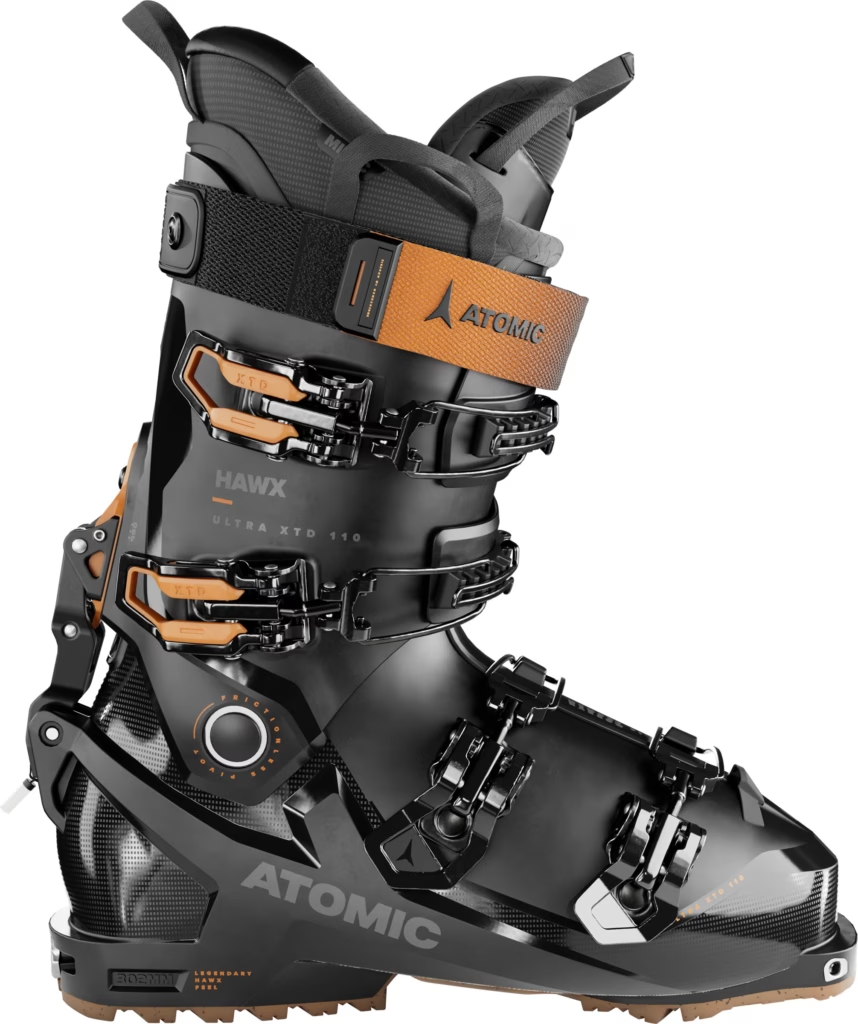
Of course, stable descents and a pain-free day in ski boots remain the most important selling points. The trick here is to find the happy medium. If you want to be on the safe side, you can often be happy with freeride models. Nordica ("DYN") and Atomic ("Hawx") also offer these with a 130 flex.
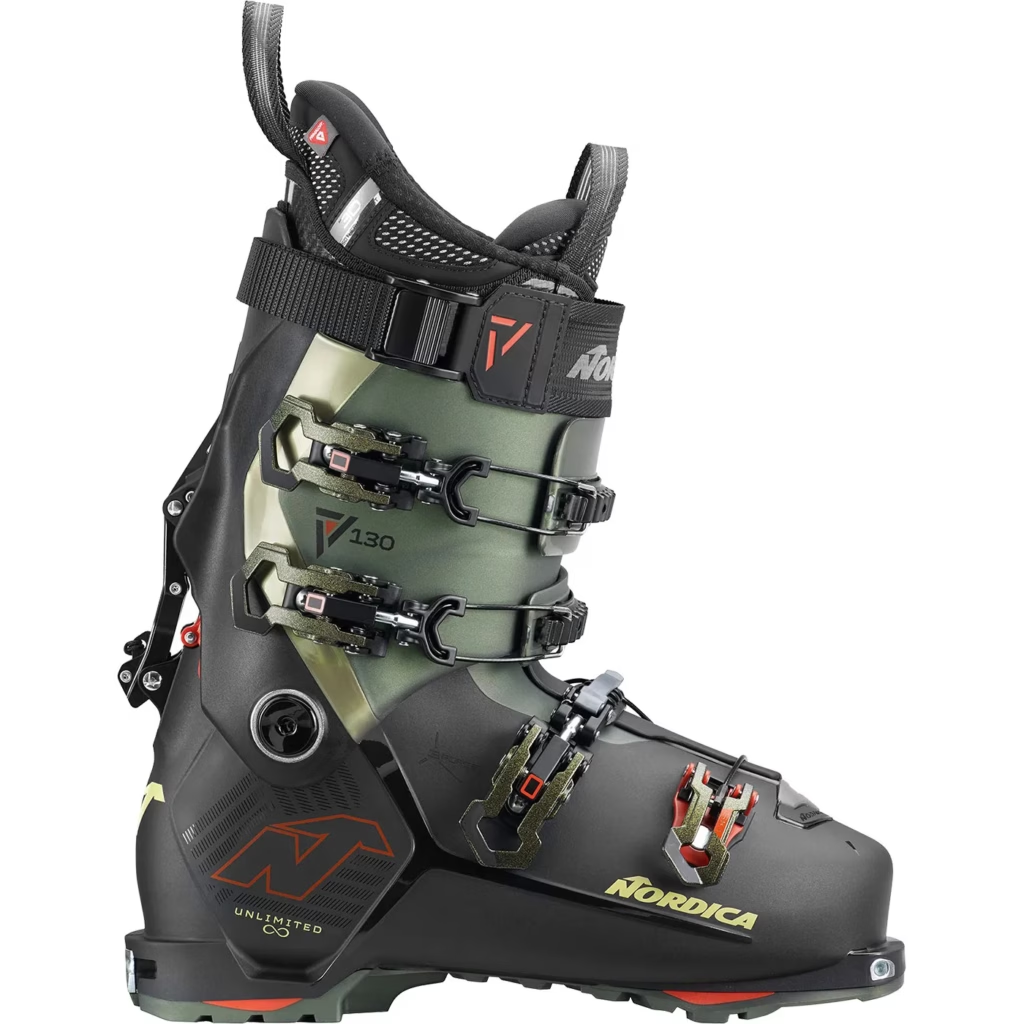
light and has great flexibility (65° range) thanks to the Tri-Force cuff.
Not only are they ideal for off-piste skiing, they can generally make for a more comfortable day of skiing than racing boots. But one thing to keep in mind is that virtually all high-quality ski boots are now available in different last widths. This is probably the most important factor for an optimal fit.
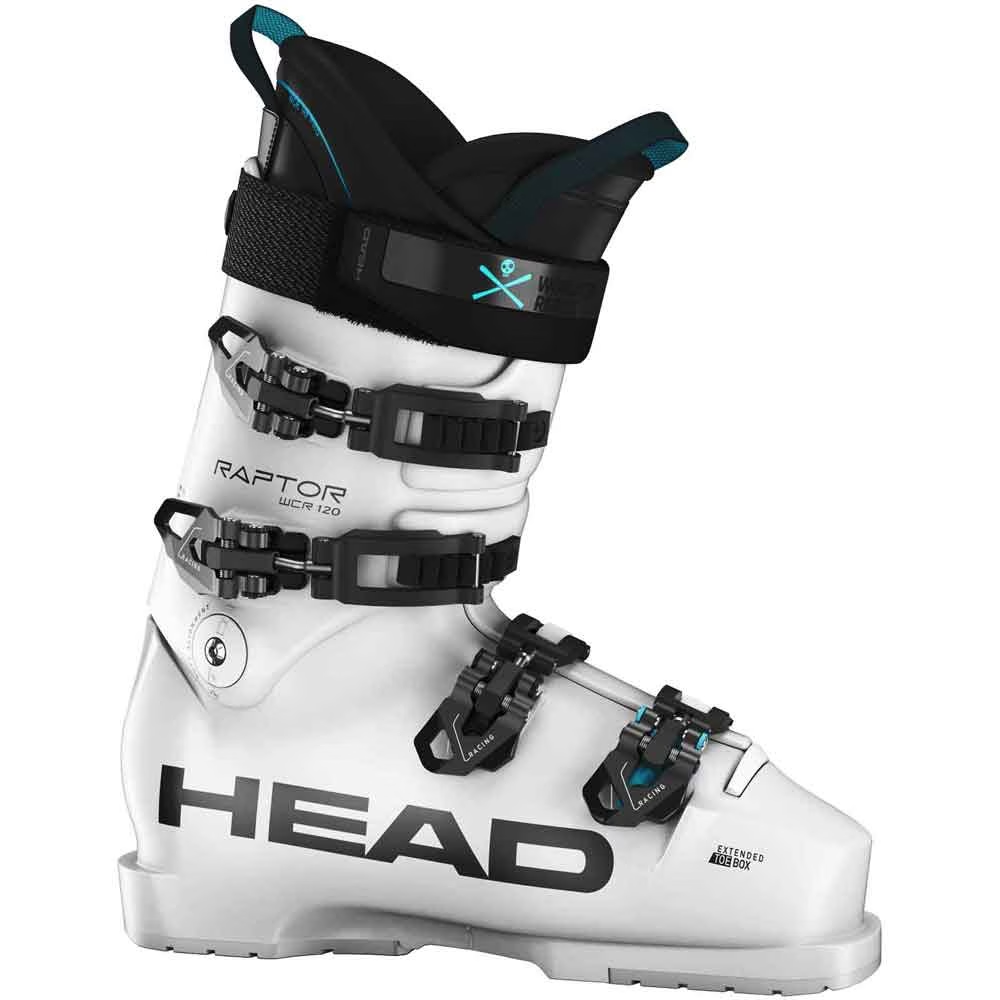
Cushioning, combined with top performance and individual fit, is achieved.
IN "REAL" LIFE, it is not necessarily a noble character trait to adapt to make life easier. When it comes to ski boots, there are no moral concerns. The aim here is to ensure that winter sports are more comfortable with the highest quality "customized boots" or "boot fitting" or whatever the different brands call it.